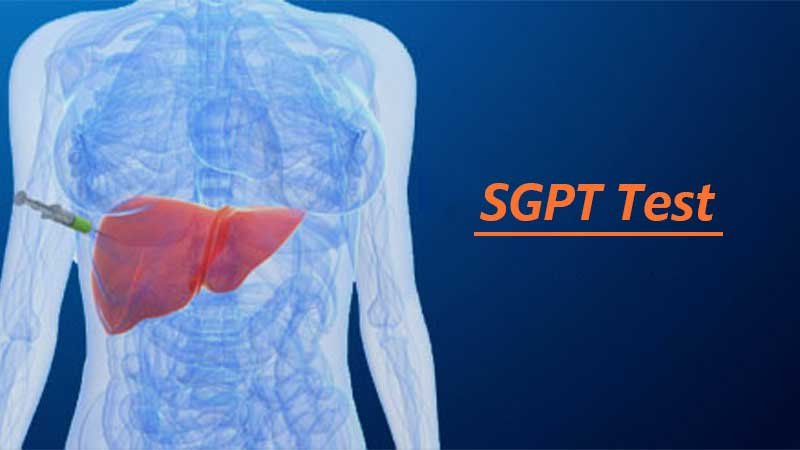10 Basic First Aid Training Tips for Any Emergency
During an emergency, injuries are inevitable. You might get hurt by something that is causing the emergency. For example, getting burnt during a fire getting struck by toppling debris during an earthquake. Individuals are usually in a state of panic under such circumstances. Hence, they may be hurt to get away from any danger during the rush. You might sprain an ankle or suffer from an open wound. Hence it is essential to know a few first-aid tips and tricks. You can enroll in a comprehensive and cost-effective first-aid training course at FirstAidPro.
Here is a list of 10basic first-aid training tips for any emergency.
1. Remember The ‘Three Ps.’
The Three Ps are the primary goals of first-aid. They stand for:
- Preserve Life
- Prevent Further Injury
- Promote Recovery
These goals seem pretty straightforward, but they remind you of the primary things you need to do to save a person’s life. They also remind you to do whatever it takes to prevent further injury and do everything you can to help with the healing process.
2. Check the Emergency Scene for Danger
Before you think of providing help to an injured person, check the emergency scene for any danger to protect yourself against any injury. If you get injured, you won’t be able to help some other person who’s injured. Before you hurry to help someone else, check the area and stay away from anything that might injure you. For instance, if there is a terrible storm outdoors and you see a person stuck outside and injured. Before running to the person, beware of any hazards. If strong winds are hurling debris or if trees or any structures are about to fall, then there might be a danger to you too. After assessing the dangers carefully, you can strategize and plan a rescue for the injured person.
3. Treating Cuts and Scrapes
Blood is vital for all body functions. If someone is bleeding, you need to prevent the injured person from losing as much blood as possible. Try to use a clean cloth. Then,
- Apply slight pressure for around 20 minutes.
- Clean the wound and avoid using any soap over it
- Apply an antibiotic
- Use a bandage to cover the wound
If the would is deep, seek medical attention.
4. Treat Sprains
Most sprains heal on their own over time. However, there are a few steps that you can take to make the swelling better. You can use ice to ease the swelling.
- The injured limb should be kept elevated.
- Apply ice on the injured spot. Wrap the ice in a cloth before applying.
- Keep the injured spot compressed.
- Ice, compress, and repeat a few times.
5. Heat Exhaustion
Heat exhaustion is caused due to prolonged exposure to high temperatures. Symptoms include:
- Heavy sweating
- Cool or moist skin
- Weak pulse
- Nausea
- Dizziness
- Muscle cramps
To treat it:
- Move the affected person to a shaded area.
- Give them water and keep them hydrated
- You may place a cool cloth on the forehead to bring down the body temperature.
6. Treating Hypothermia
Hypothermia is caused when there is prolonged exposure to cold temperatures. Under hypothermia, the body temperature falls below 95 degrees Fahrenheit. Symptoms are as follows:
- Weak pulse
- Shivering
- Confusion
- Mumbling
- Red, cold skin
- Loss of consciousness
- Weak coordination
To treat it
- Be gentle with the person
- Remove any wet clothing and get the person out of the cold.
- Use blankets and heat packs
- Give the person warm fluids
7. Treating Burns
Before applying any treatment, identify the type and severity of burns. There are two types of burn severities, minor and significant.
For Minor Burns
- Run cool water over the burn
- Do not break blisters
- Apply aloe vera or moisturizer
- Give the person ibuprofen or acetaminophen
For Major Burns
Seek medical attention. To help the injured person:
- Don’t apply ointments
- Cover the would work with loose materials
8. Allergic Reactions
An allergic reaction might occur when someone’s body is hypersensitive to a foreign substance. The best way to treat an allergic reaction is to use an EpiPen to subdue the effects. If someone is suffering from an allergic reaction
- Ensure that the person stays calm.
- Ask the person to lie down on their back, keeping the feet elevated by 1 foot.
- Make sure the person is wearing loose, breathable clothes.
- Learn how to inject EpiPen if appropriate
- Wait for around 10 minutes, and if the reaction doesn’t subside, the person might need a second dose.
Note: Following these does not mean that you should not seek medical help from experts. Think of it like this, if you were involved in an accident, you have to follow medical instructions for a car accident whether you are fine or not.
9. Treating a Fracture
If you suspect that someone is suffering from a fracture:
- Use padding or splint to stabilize the area and prevent it from moving.
- Apply an ice pack to the affected area.
- Keep the area elevated
- Give the person an anti-inflammatory medicine like ibuprofen.
10. Performing CPR
CPR refers to cardiopulmonary resuscitation used to restore breathing and blood circulation and save lives; this complex procedure requires day-long training. If you want to extensively learn about CPR and first aid techniques, you can avail training from Mississauga CPR/firstaid
Notably, There are various CPR certification classes you can take across the USA.
Follow Us
Latest Post





